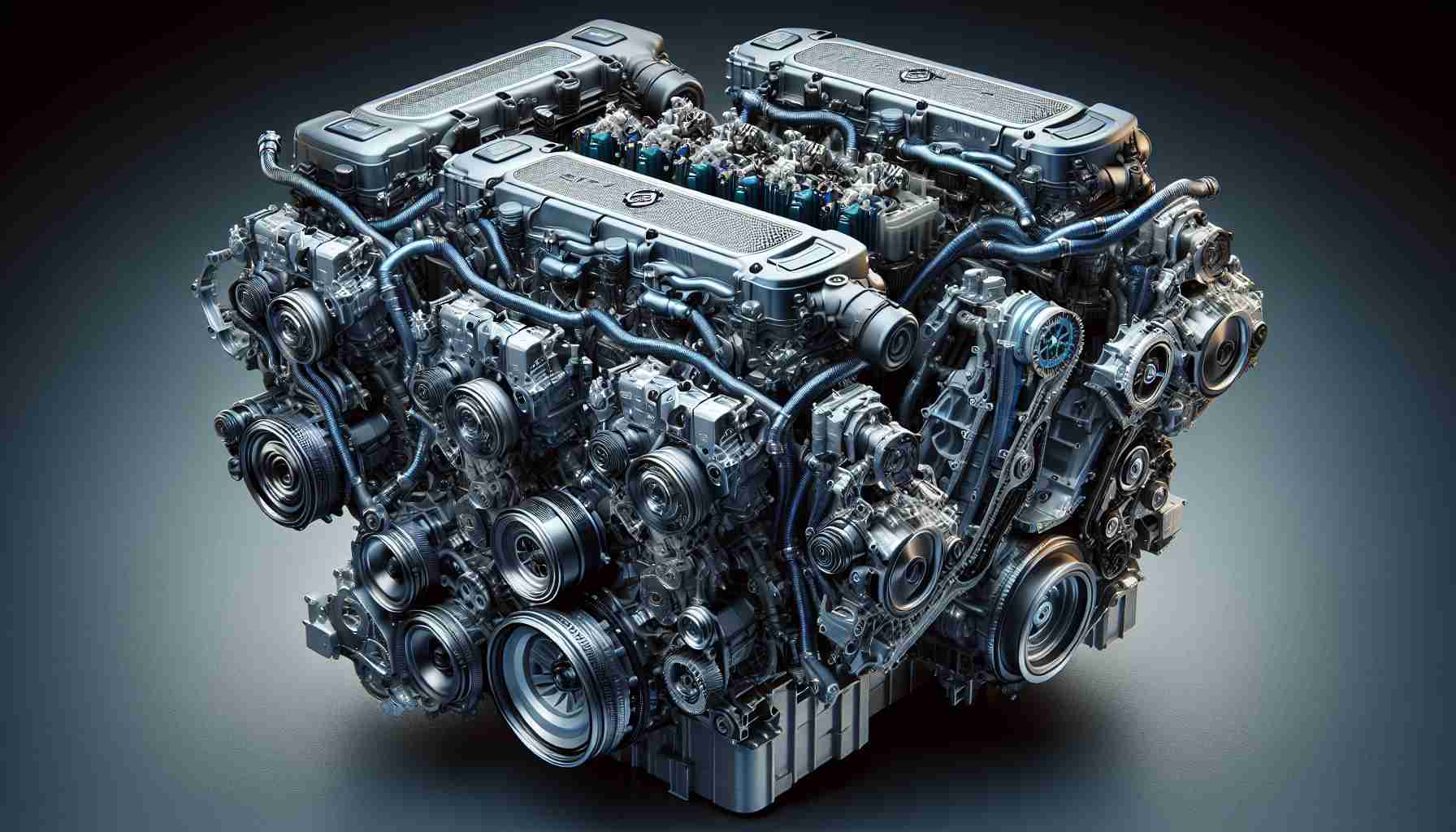In 2007, Nissan made significant strides in engine development with the unveiling of the VQ37VHR V6 at the New York International Auto Show, featured in the 2008 Infiniti G37 Coupe. This model marked a pivotal moment in Nissan’s history, showcasing advancements including Variable Valve Event and Lift (VVEL), enhancing the well-regarded VQ engine lineage.
That same year also witnessed the launch of the Nissan R35 GT-R, which introduced the formidable VR38DETT V6 engine. This engine harnesses cutting-edge technologies, effectively combining features from the VQ series with VVEL, electronic fuel injection, and twin turbocharging. Each aspect of the engine’s designation reflects its sophisticated engineering: the “D” indicates dual overhead camshafts, while “E” refers to its electronic fuel injection.
Displacement is central to understanding these engines. The VQ37VHR offers 3.7 liters, whereas the VR38DETT slightly exceeds this with 3.8 liters. Both engines boast similar cylinder diameters, yet differ in crankshaft stroke length and internal structure, including compression ratios.
Power outputs reveal a stark contrast. The naturally aspirated VQ37VHR generates 332 horsepower, while the VR38DETT dominates with an impressive 565 horsepower. Higher-performance models under NISMO branding amplify the differences, showcasing Nissan’s commitment to excellence in automotive performance. The engineering evolution of these V6 engines exemplifies Nissan’s relentless pursuit of power and efficiency.
The Evolution of Nissan’s V6 Engine Technology: A Comprehensive Overview
Nissan’s V6 engine technology has undergone significant evolution since its inception, reflecting changes in engineering, power dynamics, and environmental considerations. This article delves deeper into the timeline of Nissan’s V6 advancements and highlights several crucial questions surrounding these developments.
Key Developments:
Nissan’s journey with V6 engines began in the early 1990s with the launch of the VQ series. This family of engines set a benchmark in performance and reliability, earning accolades as one of the “10 Best Engines” by Ward’s Auto World for 14 consecutive years from 1995 to 2008. The introduction of VVEL in the VQ37VHR marked a paradigm shift, allowing for variable lift and timing, which improved both efficiency and power delivery.
What is the significance of the VR38DETT engine?
The VR38DETT V6 engine found in the R35 GT-R is noted not only for its power output but its engineering complexity. This engine incorporates an advanced cooling system and metallurgy techniques that enhance its performance under extreme conditions. Furthermore, the VR technology was derived from the VQ lineage, which indicates Nissan’s commitment to refining existing technologies while embracing innovation.
What challenges did Nissan face with V6 engine development?
One of the key challenges Nissan encountered was meeting stringent emissions regulations, especially as global automotive standards became increasingly strict. To address this, Nissan invested in technologies such as direct fuel injection and improved catalytic converters in its V6 engines. Additionally, the company has focused on integrating hybrid technologies into its V6 engines, exemplifying its adaptability in a rapidly changing market.
Advantages of Nissan’s V6 Engine Technology:
1. Performance: The powerful output of engines like the VR38DETT offers exceptional acceleration and handling, making them favored by performance enthusiasts.
2. Reliability: The VQ engine series has established a reputation for durability and longevity, often leading to high owner satisfaction.
3. Innovation: The implementation of advanced technologies such as VVEL provides noteworthy improvements in fuel efficiency and responsiveness.
Disadvantages of Nissan’s V6 Engine Technology:
1. Complexity: Advanced technologies can lead to increased maintenance costs due to the specialized systems and parts required for repair.
2. Weight: V6 engines, while powerful, are typically heavier than their four-cylinder counterparts, potentially affecting the vehicle’s overall handling dynamics.
3. Fuel Consumption: Although efficiency has improved with technology, high-performance models like the ones equipped with VR engines can still exhibit lower fuel economy due to their power demands.
Conclusion:
Nissan’s evolution of V6 engine technology illustrates the balance between engineering prowess and market demands. The transition from the VQ series to the VR family highlights how Nissan has embraced both performance and environmental responsibility. As the automotive industry continues to move towards hybrid and electric powertrains, Nissan’s V6 engines remain a testament to the brand’s innovative spirit and commitment to performance.
For further insights on Nissan’s evolution in engineering and automotive technologies, visit nissan-global.com.









